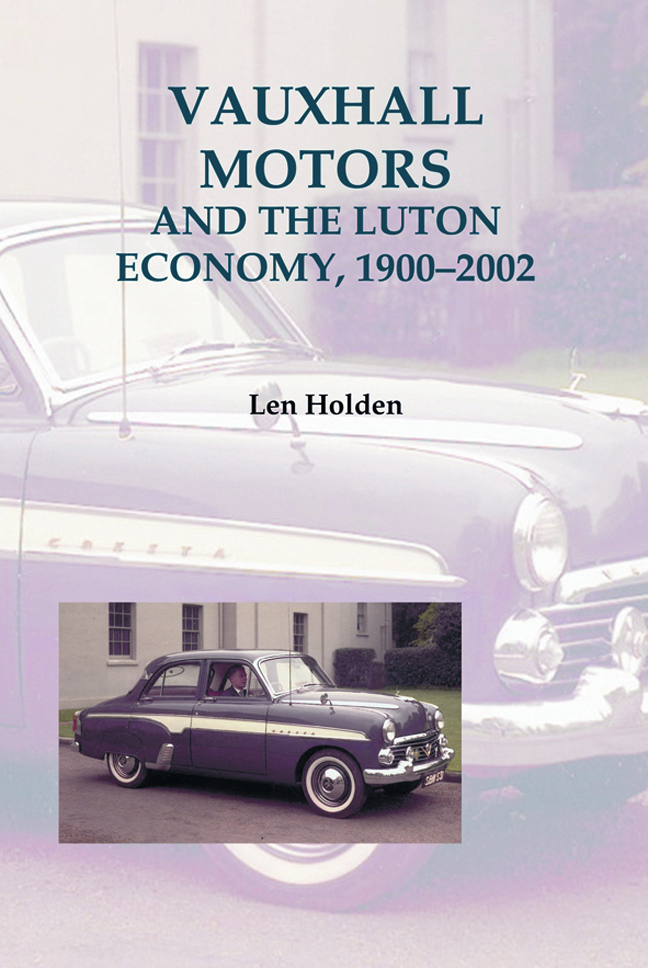Book contents
Seven - The Growth of Luton: From Hats to Cars
Published online by Cambridge University Press: 15 February 2024
Summary
The intention of this chapter is to show how the engineering industry superseded the hat trade as the staple industry of Luton and how, because of this, the momentum of growth begun by the hat trade increased. We shall consider how employment was affected and specifically draw attention to the transition in which a predominantly female workforce was replaced by a largely male one.
The rise of the ‘new industries’ and their cushioning effect on the population from the Great Depression will be seen to explain Luton's prosperous local economy from the mid-1930s. Within this general structure we shall examine the role and importance of the New Industries Committee and the extent of diversification in Luton's economy after the influx of new industries.
The growth of Luton to 1921: the hat economy
The growth of Luton's population between 1851 and 1951 was rapid. Luton's growth was always well above the national average, and in some decades surpassed it by over 30 per cent, as can be seen in Table 29 overleaf.
There are three periods of exceptional growth, and they all coincide with periods of increased industrial activity. The 1850s and 1860s saw the rise of the hat industry; the decade from 1901 to 1911 saw the establishment of many new industries in Luton; and the 1930s witnessed the expansion of these new industries, particularly that of Vauxhall. This growth was comparable to such towns as Middlesborough, Crewe and Barrow-in-Furness in the 19th century. Whilst the development of these three towns rested heavily on the railways, Luton's expansion rested on the growth of the hat industry in the latter half of the 19th century, and on the arrival of engineering concerns in the 20th century. Thus while the hat industry declined in the interwar years the population growth was not adversely affected, as the predominance of engineering, particularly that of vehicle building, attained supremacy. This change in Luton's industrial structure was to have profound effects, not only on the prosperity of the town but on the balance of the labour force.
The growth of the hat industry
The main stimulus to the growth of the hat industry had been the imposition of tariffs during the Napoleonic Wars, which severely restricted Italian imports and encouraged the home trade? Initially, the plait was mainly locally grown and made and Luton emerged as a manufacturing centre of the final product, predominantly women's bonnets.
- Type
- Chapter
- Information
- Vauxhall Motors and the Luton Economy, 1900-2002 , pp. 137 - 158Publisher: Boydell & BrewerFirst published in: 2024



